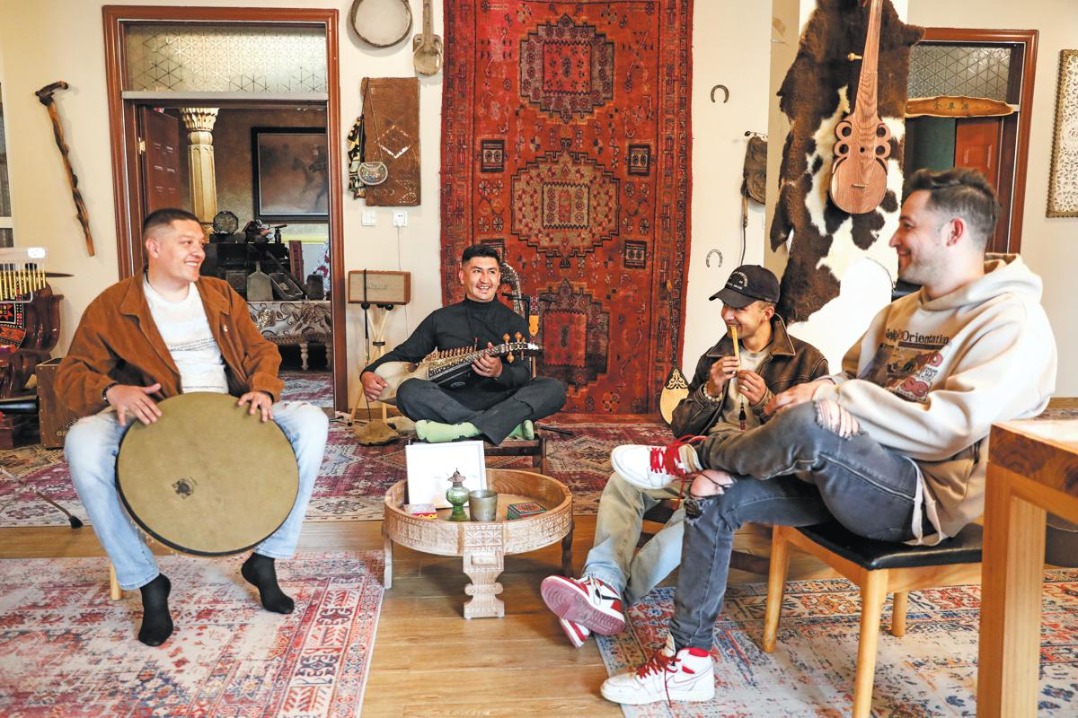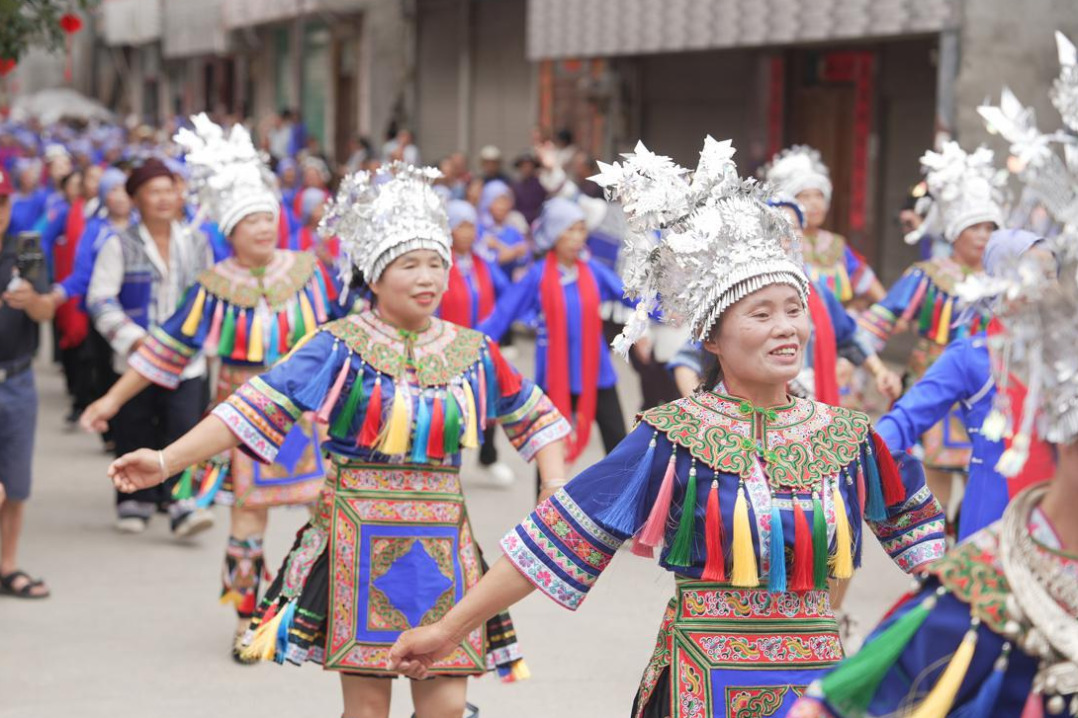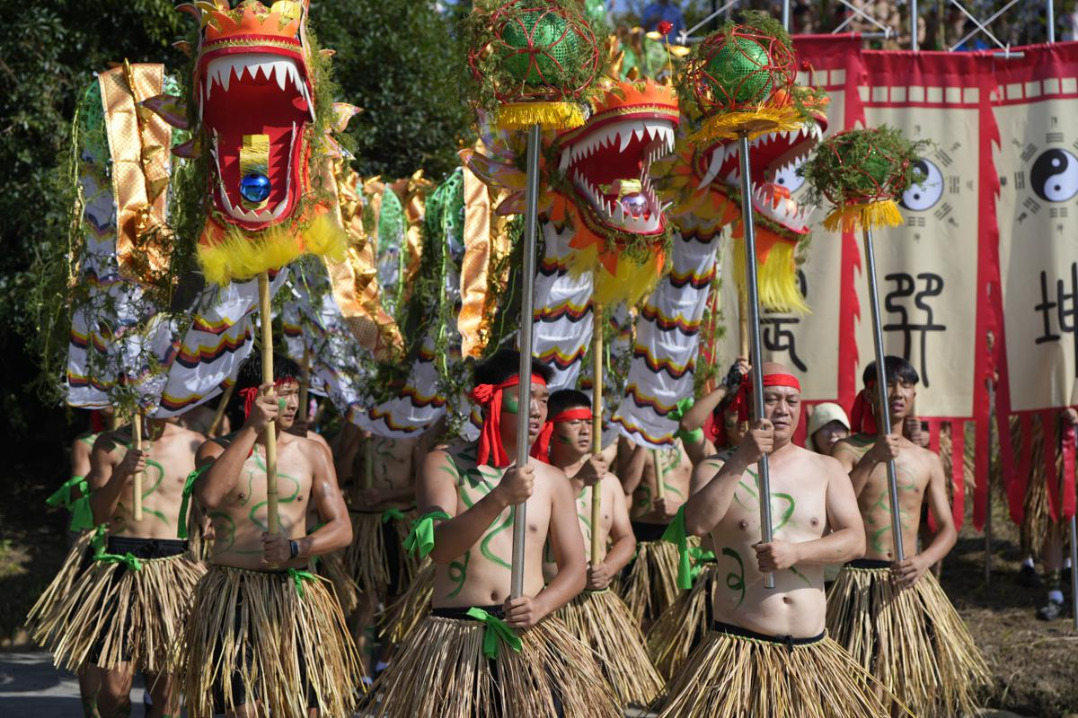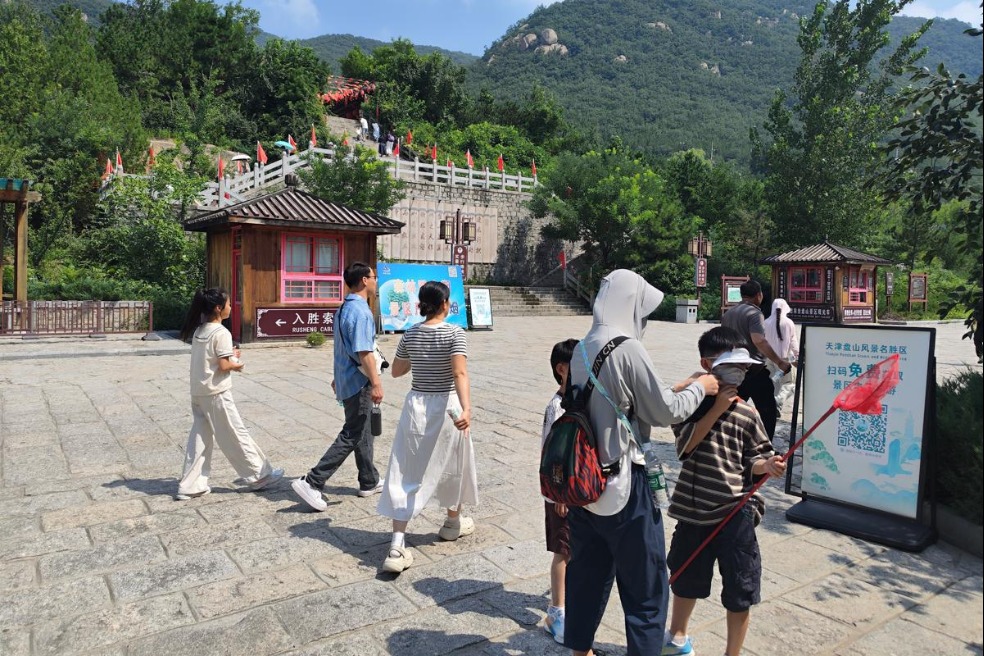Medical workers compare COVID-19 response favorably to SARS

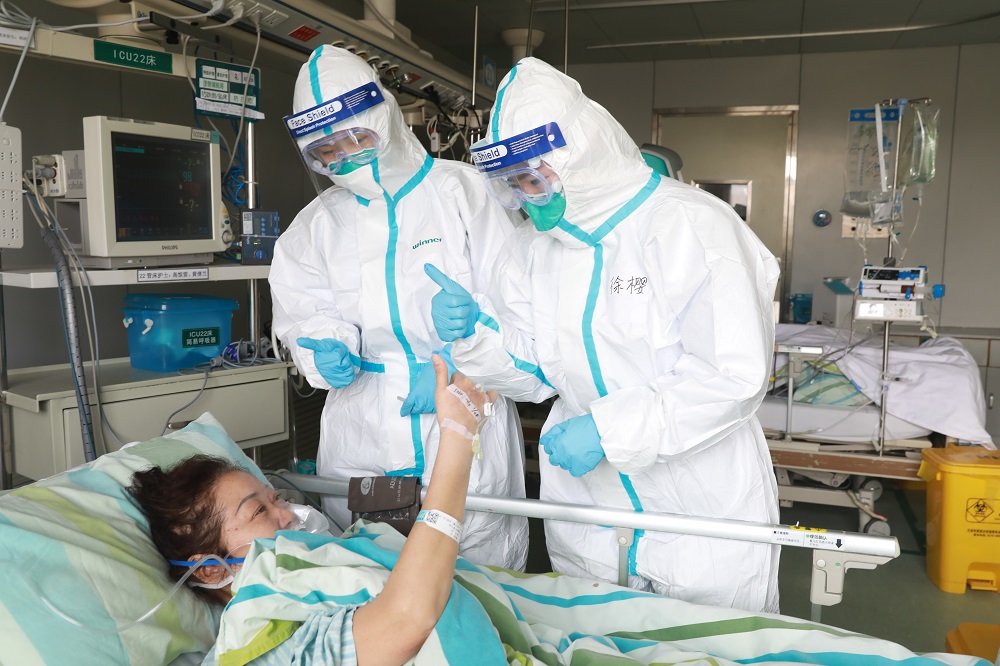
Medical workers who have assisted in the fight against coronavirus outbreak in Wuhan, the hardest-hit city, said protective and treatment measures are greatly improved compared with the outbreak of severe acute respiratory syndrome (SARS) in 2003.
"We have eight staff members that joined the fight against SARS and said medical workers are protected much better than 17 years ago," Xu Xiaomao, vice director of Beijing Hospital's respiratory and critical care department, said at a news conference.
He said there were no N95 or surgical masks at the time, and their clothes could be clearly seen through their protective suits. "We fought the virus wearing cotton masks back then."
"Medical facilities applied to treatment were also much more advanced, for example, the ECMO - the best life support machine so far," he said. "I remember when we were in Wuhan, around March 3, there was a 47-year-old patient in critical condition. He was rescued thanks to application of ECMO."
"Also, we have more antiviral medicines and medicines for nutrition support and improving immunity, which can help raise the capability of treating patients," he said.
According to him, COVID-19 is greatly different from SARS.
"There were 5,000 confirmed cases with a fatality rate of 6.5 percent, while COVID-19 has caused over 80,000 cases and its death rate is about 5.5 percent," he said. "Also, the coronavirus brings effects to various organs not limited to lungs, including heart, nervous system or even genitourinary."
"But thankfully, we didn't use high doses of hormones to treat patients like we did in 2003, which reduced side effects," he said.
He said he was impressed by the government's quick response to the epidemic. "We did face difficulties at the very beginning as lots of patients flocked to hospitals, making medical resources scarce," he said. "But then we had Leishenshan and Huoshenshan hospitals, and also the makeshift hospitals, to relieve pressure."
"I felt touched when I saw the city with 10 million people so quiet, and also proud of being a medical worker joining the fight."
- Hebei issues red alert for mountain floods
- Beijing suspends multiple suburban rail lines amid rainfall warnings
- Braving the heat to ensure train safety
- New study finds potato descended from tomato-like ancestor hybrid
- Mercedes SUV driver exposed for misusing husband's work certificate
- Breeding program gives plum yews new life

















